Find the relation in the accelerations of the three masses shown in fig.
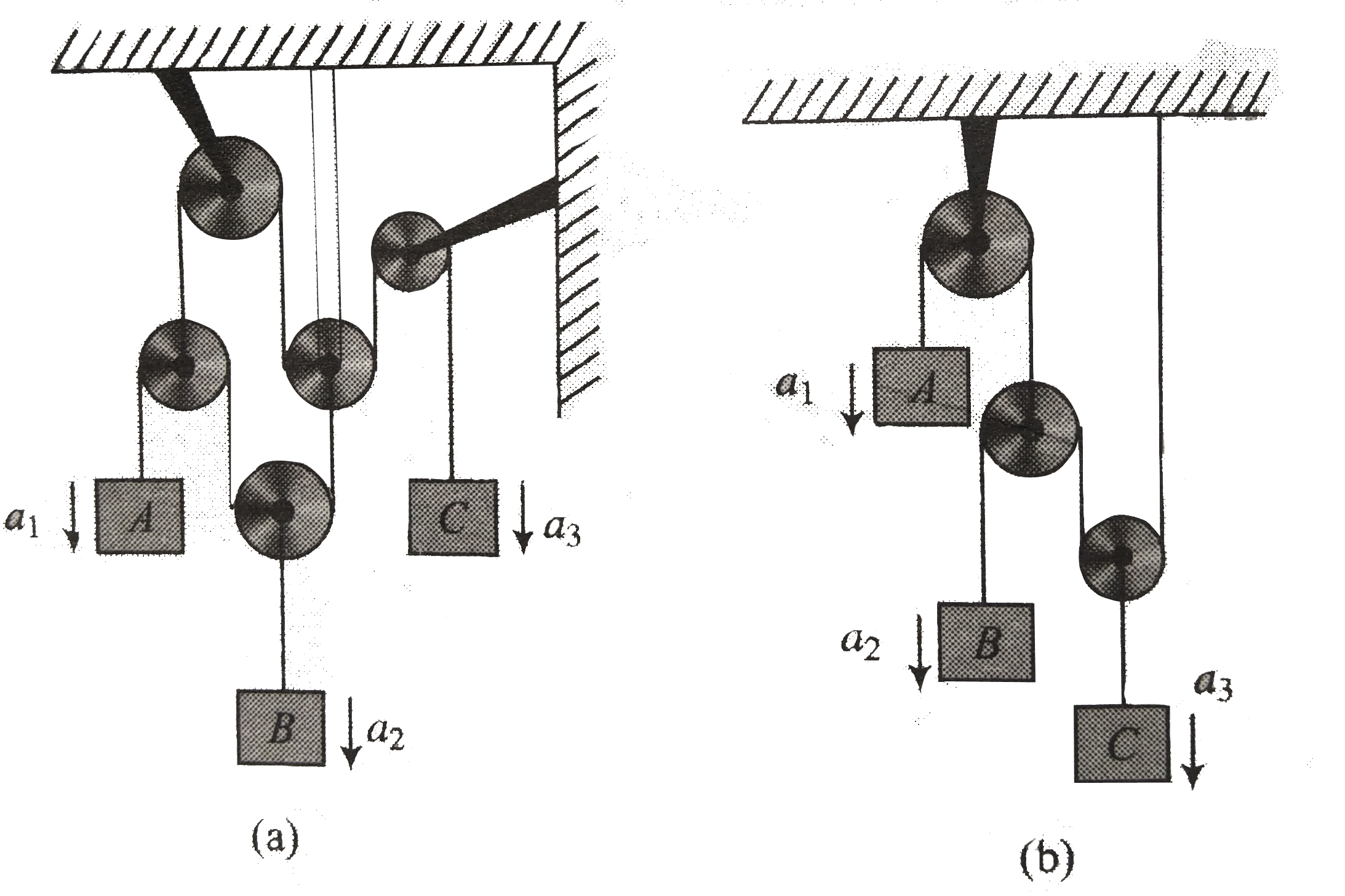
The correct Answer is:[(a) aA+2aB+2aC=0(aA⏐↓;aB⏐↓;aC⏐↓), (b) 2aA+aB+2aC=0(aA⏐↓;aB⏐↓;aC⏐↓)]
Step by step video, text & image solution for Find the relation in the accelerations of the three masses shown in fig. by Physics experts to help you in doubts & scoring excellent marks in Class 11 exams.
Updated on:21/07/2023Topper's Solved these Questions
- KINEMATICSBOOK - PHYSICS GALAXY - ASHISH ARORACHAPTER - KINEMATICSEXERCISE - Discussion Question
18 Videos
- KINEMATICSBOOK - PHYSICS GALAXY - ASHISH ARORACHAPTER - KINEMATICSEXERCISE - Conceptual MCQs Single Option Correct
35 Videos
- KINEMATICSBOOK - PHYSICS GALAXY - ASHISH ARORACHAPTER - KINEMATICSEXERCISE - Unsolved Numerical Pro.
83 Videos
- GRAVITATIONBOOK - PHYSICS GALAXY - ASHISH ARORACHAPTER - GRAVITATIONEXERCISE - Unsolved Numerical
94 Videos
- LINEAR MOMENTUM & ITS CONSERVATIONBOOK - PHYSICS GALAXY - ASHISH ARORACHAPTER - LINEAR MOMENTUM & ITS CONSERVATIONEXERCISE - exercise 1.3
3 Videos
Similar Questions
Find out the relation between acceleration a and b as shown in following figure
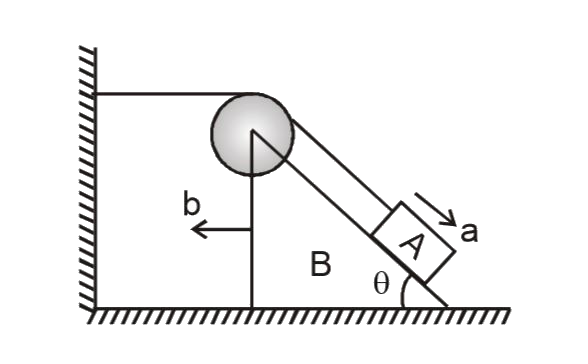
View SolutionIn the fig, find the acceleration of mass m2
View SolutionIn terms of masses m1,m2 and g, find the acceleration of both the blocks shown in Fig. Neglect all friction and masses of the pulley.
View SolutionFind the charge appearing on each of the three capacitors shown in Fig.
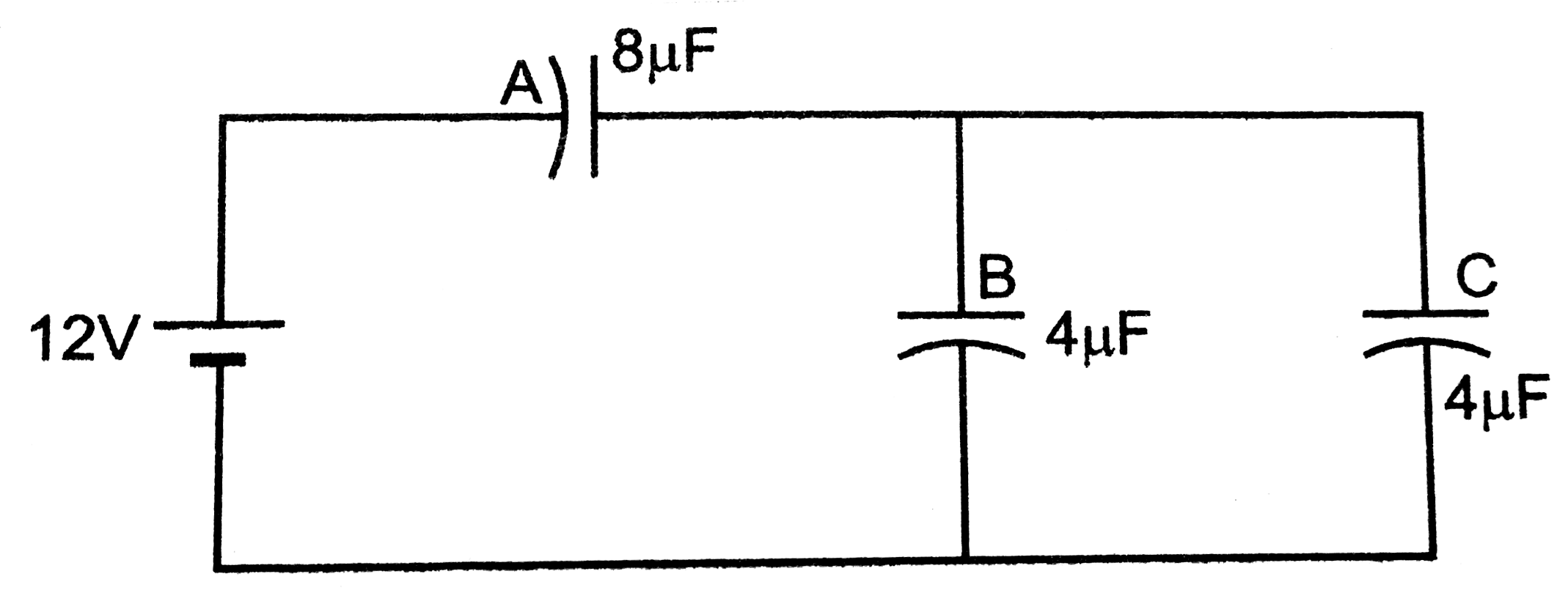
View SolutionFind the relation among the acceleration of blocks A and B constrained to move along the inclined surfaces of the fixed wedge shown in figure
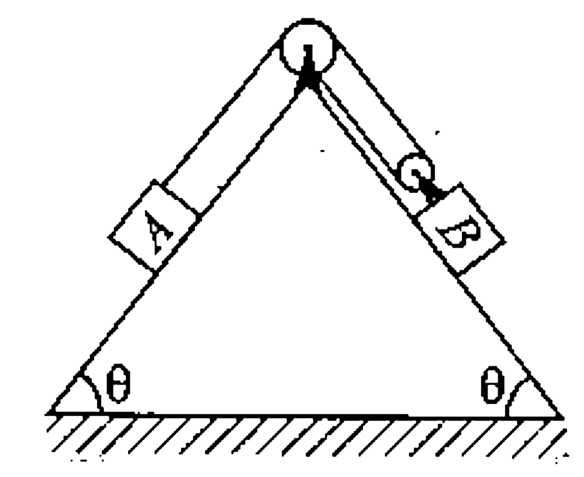
View SolutionFor the system as shown in fig. find the acceleration of C. the accelerations of A and B with respect to ground are marked.
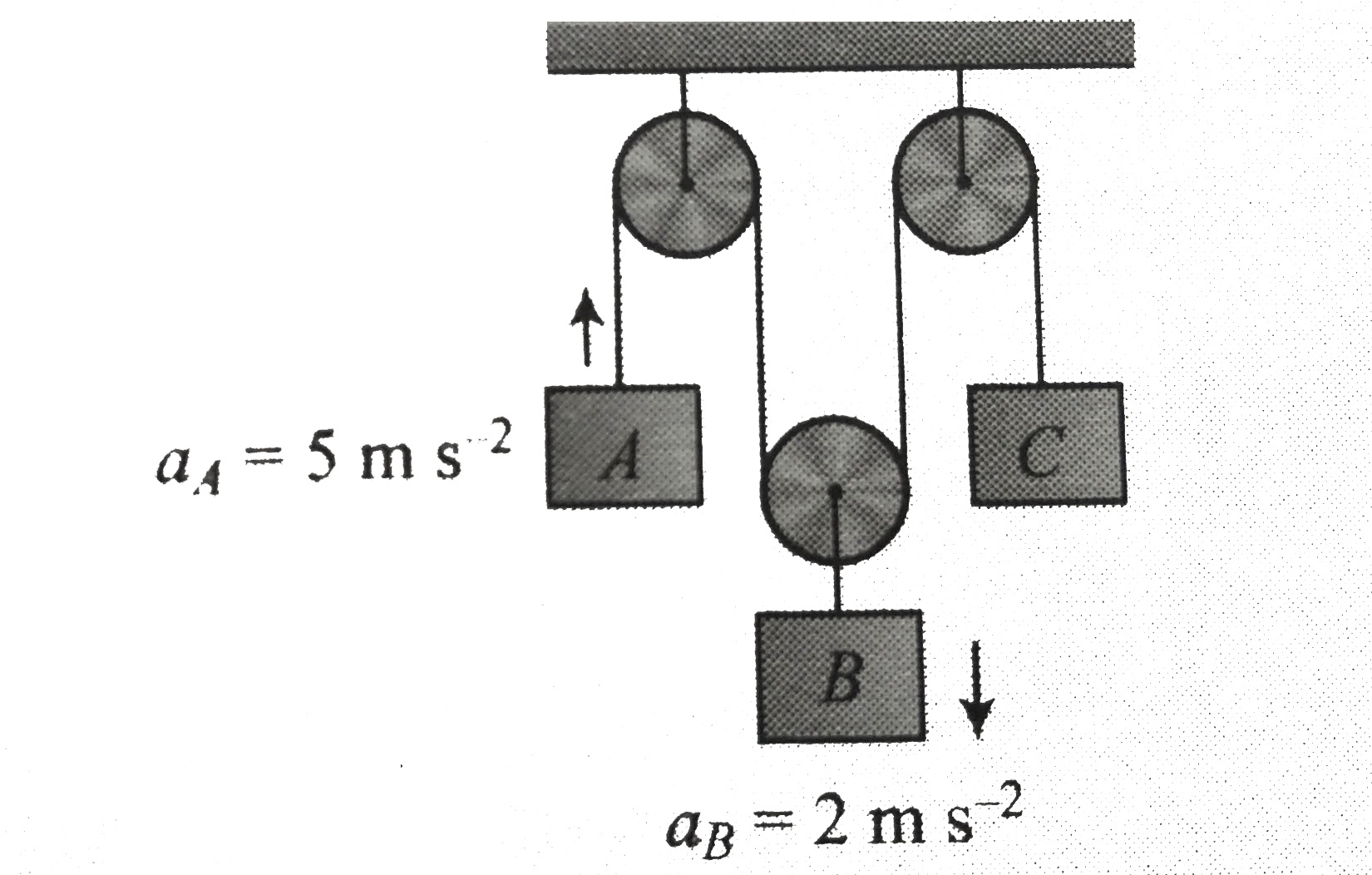
View SolutionIn the arrangement of three block as shown in fig. the string is inextensible. If the direction of accelerations are as shown in the figure, then determine the constraint relation.
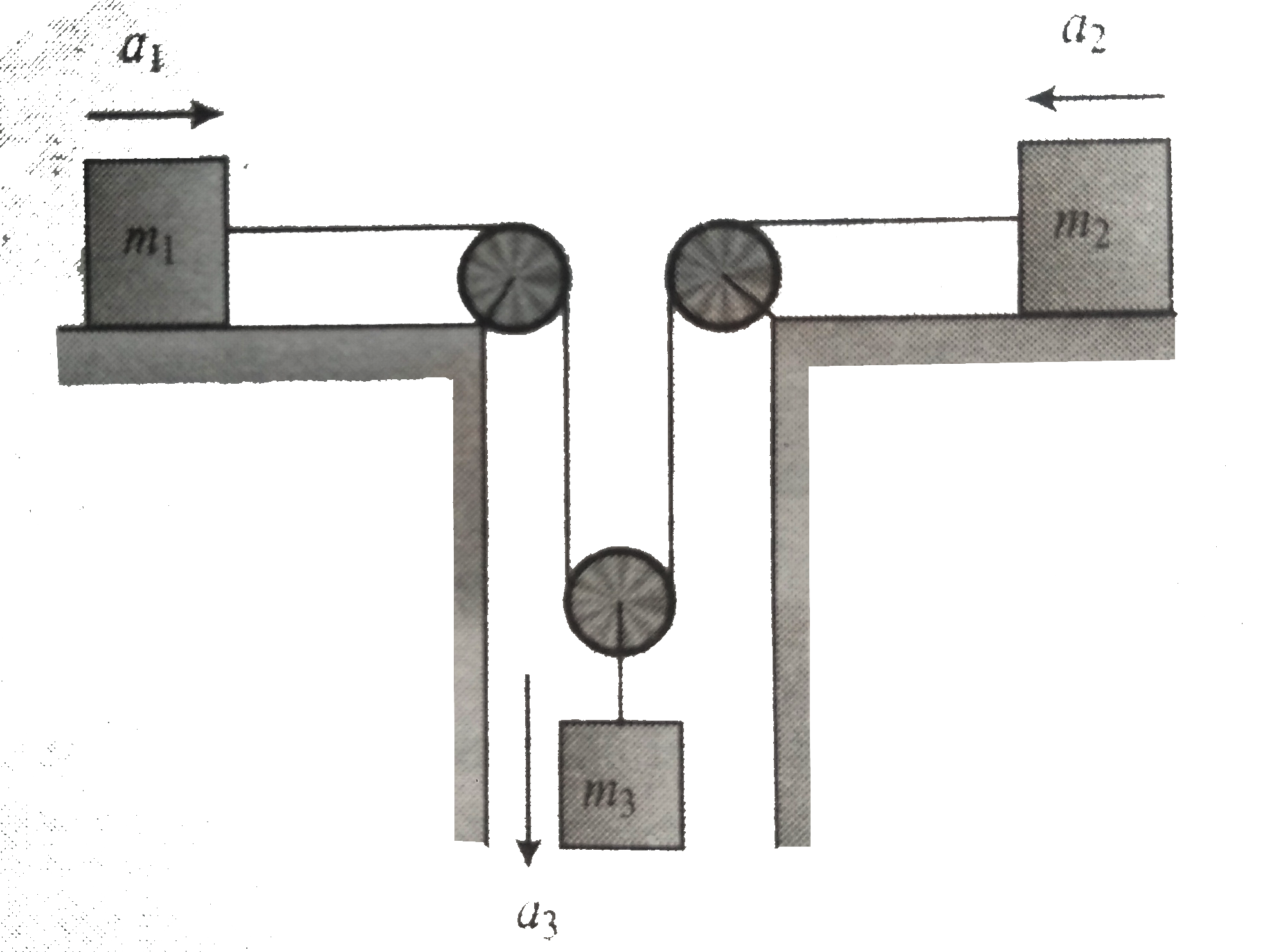
View SolutionIn the fig, find the acceleration of mass m2 .
View SolutionIn the fig, find the acceleration of m1andm2

View SolutionFind the area of the shaded region shown in the fig.
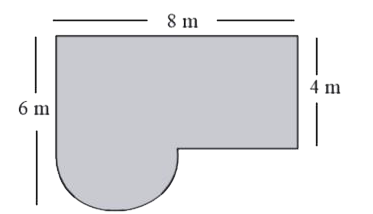
View Solution
